Bespoken Word – pretty, practical, cheap, light: pick one...
Guy Kesteven reckons it's time to look at some inevitable implications when deciding your bike and kit picking priorities
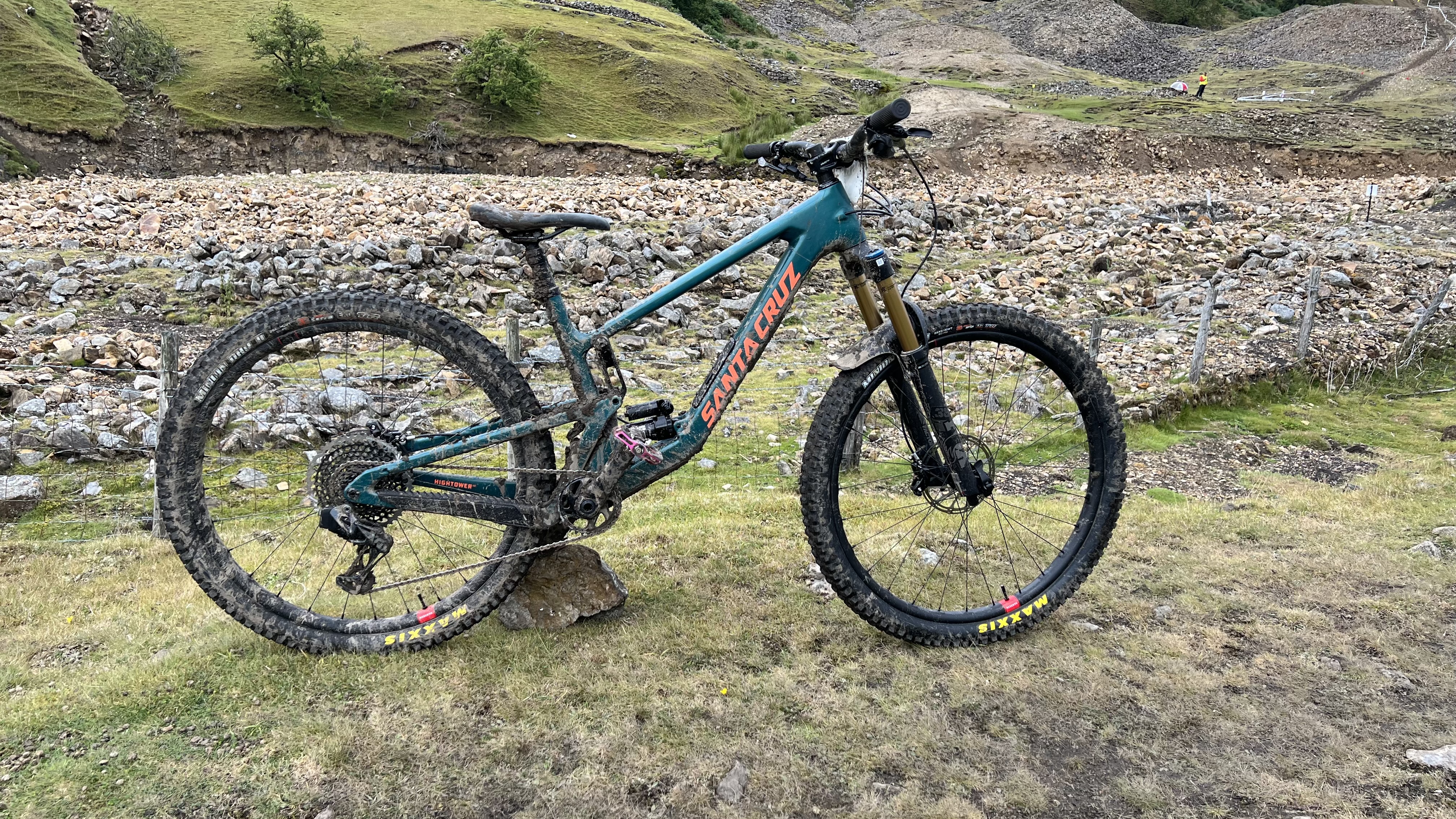
Older riders will know the classic Keith Bontrager statement; "Light, strong, cheap: pick two". I reckon we might be looking at a new, slightly more depressing choice when it comes to the latest bikes though – Pretty, practical, cheap, light: pick one. So let’s go through the different categories and expand on what I’m talking about.
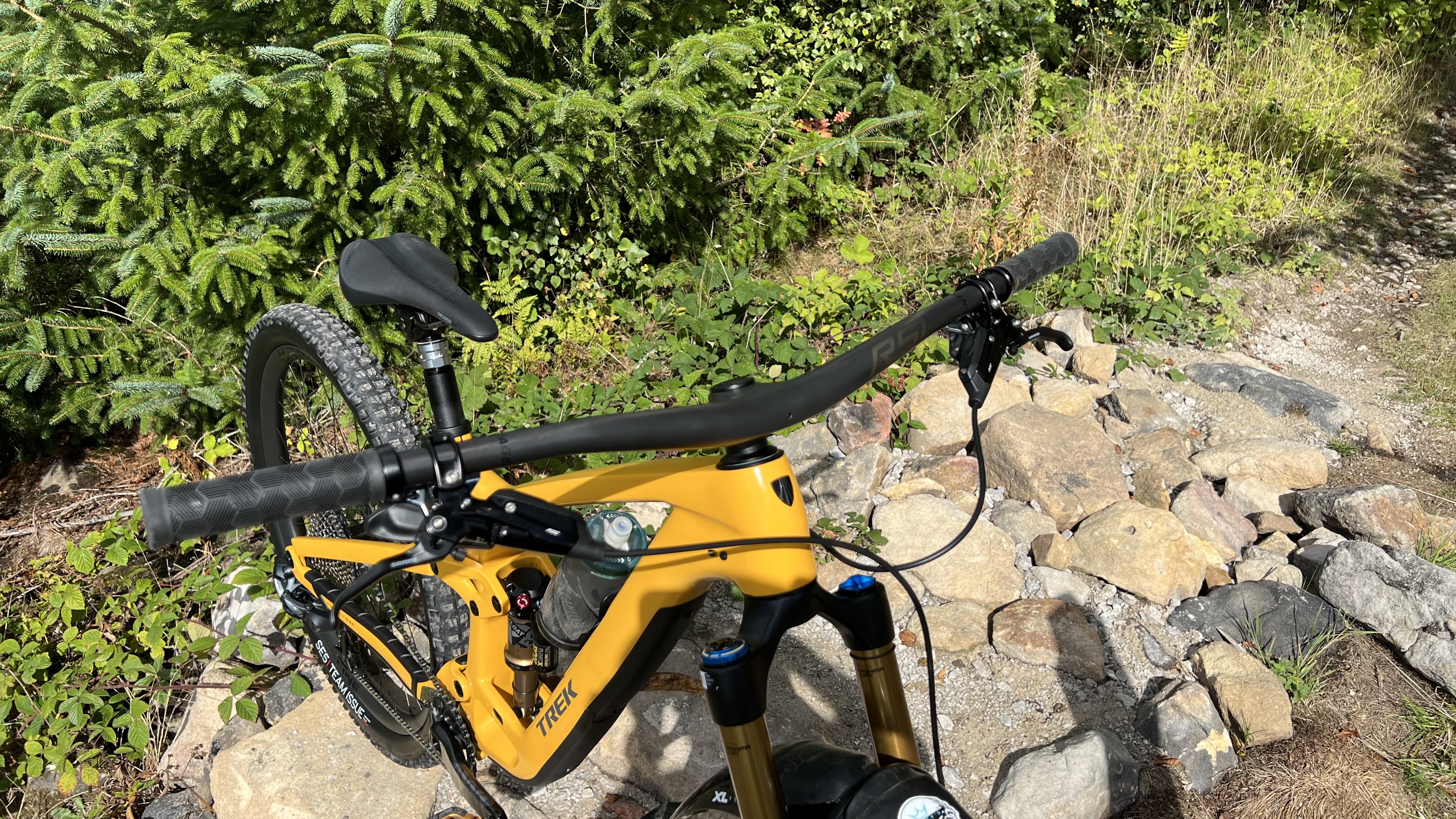
Pretty
There are some damn good looking bikes around at the moment and a lot of that revolves around cleaning things up. SRAM AXS wireless gear has been awesome for taking cables out of the equation and reminding me why I love the ‘clean bar’ single speed aesthetic.
Internal cable routing is gradually coming out of the painful years of 'stick it one hole and hope for the best'. Fully plumbed guide tubes on the smartest frames mean no more magnet fishing around frame tubes or shaking and rotating frames in one hand and a surgeon's forceps in the other while swearing your head off. If those guide tubes aren’t there though, just threading the cables/hoses in can take longer than the entire rest of a bike build. Especially if it involves bleeding a brake or seat post afterwards.
And splitting and re-bleeding controls is a massive downside of the increasing number of inside headset and/or stem systems we’re seeing now. I mean arguably by the time you’ll need to replace headset bearings then you should be flushing your brakes or replacing your cables anyway, but it definitely adds to the headset changing headache. Reports of the cables/hoses wearing grooves in fork steerer tubes they’re rubbing on is very worrying too, as you won’t realize until you whip the fork out to check. Which you’ll probably do, well, never.
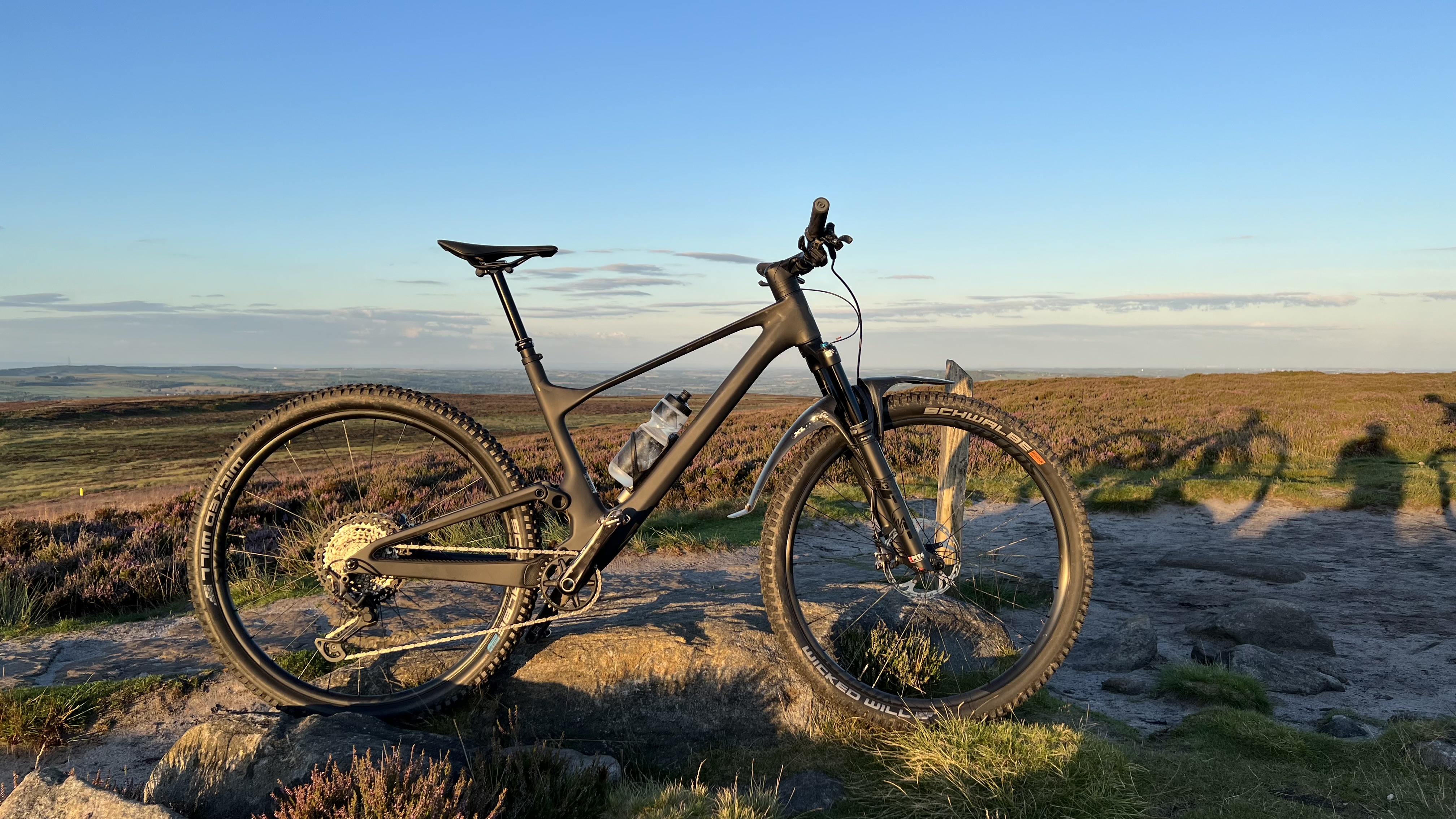
And frankly, one piece carbon bars and stems make me roll my eyes every time I find them on a test bike. Not even because I don’t get along with the shape/sweep/rise which could be a real problem for some people. I’ve ridden too many bikes to have a real preference and so far only the first Canyon Spectral: On bars felt really wonky.
No, it’s just the knowledge that trying to fit any kind of GPS, light or whatever to the bar is going to be a pain in the arse. And don’t tell me that there’s a special insert that you can add to make things fit. PUT THE DAMN THING IN THE BOX WITH THE BIKE! Especially as a real punter will already have shelled out the equivalent of over $/£300 for the privilege of the inconvenience. Oh and another thing, I’ve not weighed a single ‘integrated cockpit’ that’s lighter than a top end set of separates. So frankly you can take your aero road bike aesthetics and stick them up your wind tunnel.
The only internalizing innovation that potentially breaks even from a maintenance gain/loss point of view are the internal shocks on Bold and Scott bikes. Yes, it’s slightly more awkward opening doors and popping open rubber covers to change damping adjustments and check travel, but keeping shocks away from filth will definitely help keep them running sweeter for longer. The bigger frame section also adds stiffness, although it also adds weight too.
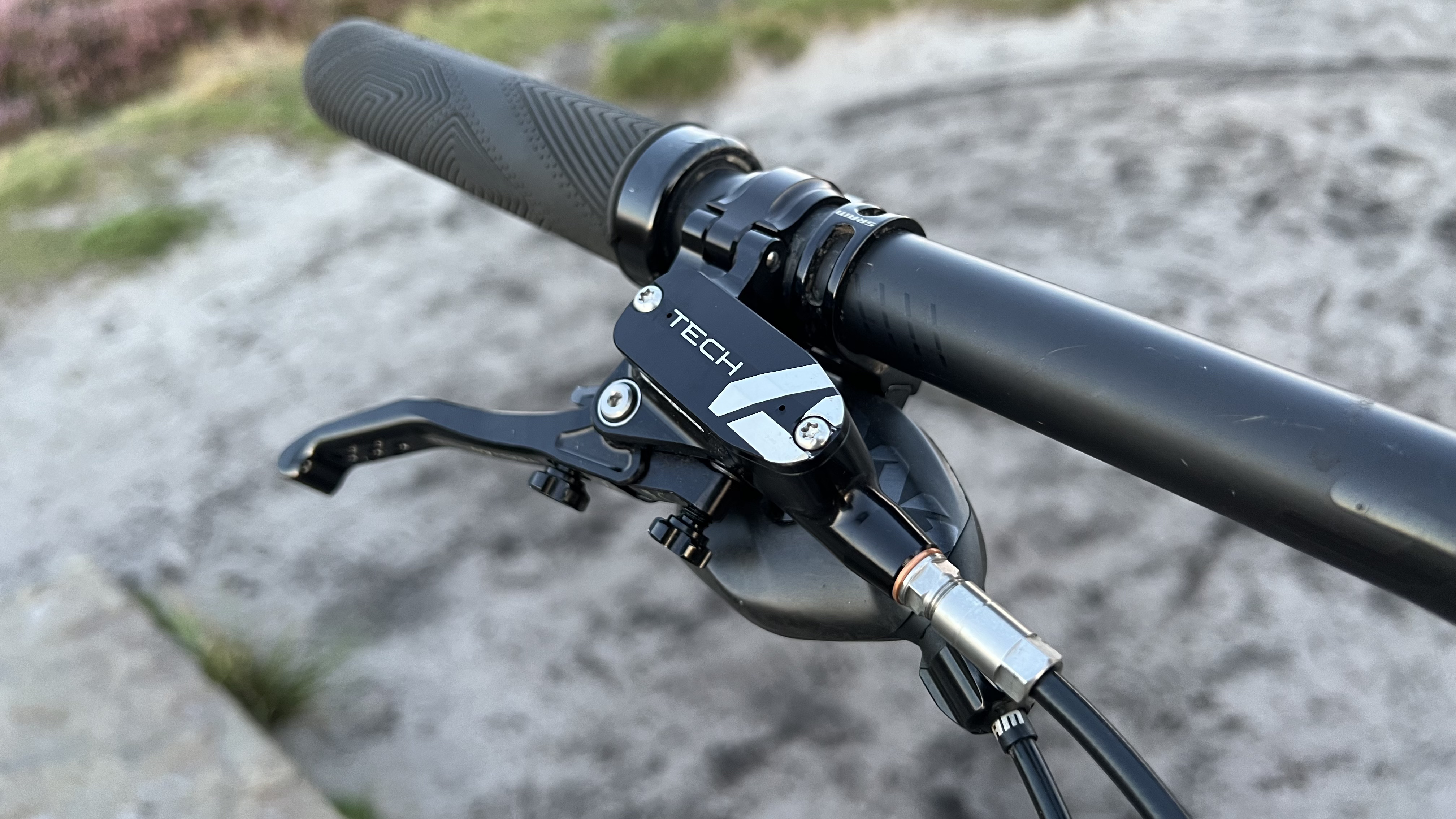
Practical
Now this is something I’m going to go into deeper later on. Because there are some new bikes coming where I’ve talked to designers who are determined to increase the long term sustainability of their next frames. However, it’s great to see more and more brands backing up their frames, wheels and other components such as bearings with a lifetime warranty. And really doing it, not just playing lip service to it and then disappearing in a smoke screen of small print as soon as your pictures of a fractured frame end up on their doorstep. Brands like Santa Cruz have been running a ‘no maximum rider weight’ policy for a long time too.
Then there’s the nebulous world of ‘customer support’ which everyone claims to be great at, but we all know varies massively. From companies that don’t even have a dedicated warranty department – yeah they exist – and just try and lose you in an endless loop of hold music or empty promises. To others like Hope who not only still make spares for – and repair – their products from 30 years ago, but rock up to most events to help on site, alongside other ‘we’ve got your back’ legends like Exposure lights.
Hope recently went a whole new step further by publishing files of useful Hope specific tools that could be made on a home 3D printer. Something they could probably have sold themselves, but they’d rather just help out with. And then there was the infamous time they refunded the people who bought their first carbon bikes £2000 when they found out they could make them cheaper than they expected.
Specialized have also had a record for sorting out customer issues well above and beyond expectations since I worked at a dealer in the early 90s. We actually used to get furious at the obviously abused frames they replaced and they’ve maintained their reputation throughout the dark days of their own triple crown forks on enduro bikes and into the electric era with Levo. The last time I saw a job advert for their warranty office it was about 40 pages long, which says a lot too.
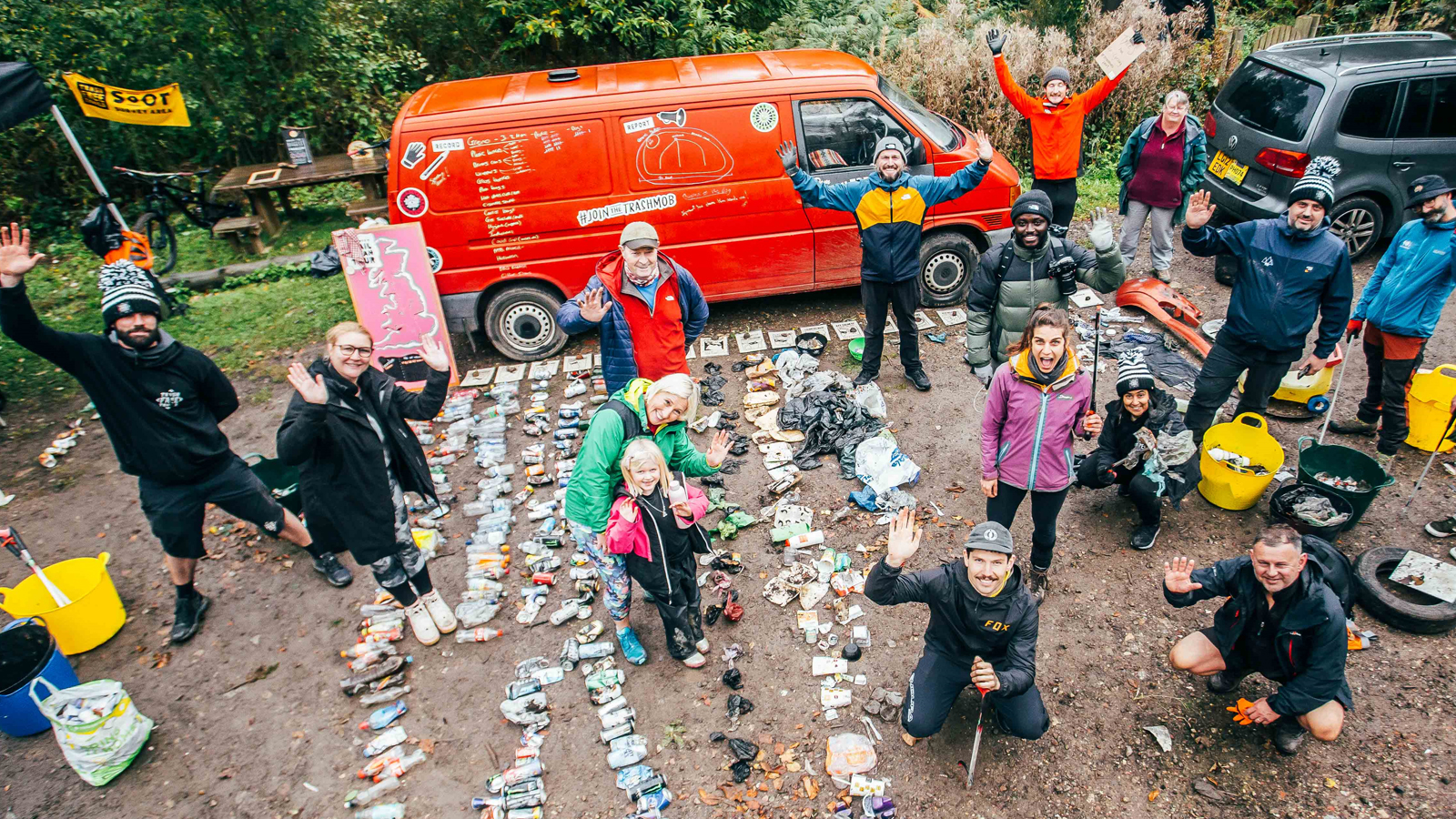
While it’s not really ‘practical’, other brands go out of their way to do good things within the mountain bike community. Cotic are involved in all sorts of excellent community schemes locally and nationally and unsurprisingly have a fantastic reputation for looking after their customers. Which a mate of mine proved yet again when they turned around a shock issue the day before the whole company was heading to the Alps for the World Cup as a thanks from Cy the owner. And it’s not just the small companies ‘doing the right thing’, many of the big players have been playing mountain bike fairy godmother for a long time. It’s rare that you’ll see a good cause without a Trek and/or SRAM logo somewhere in the picture, Santa Cruz’s ‘Pay Dirt’ program has been running for a while and Specialized are increasingly doing a lot in terms of supporting trail building, advocacy and other initiatives. We can throw a bone to the companies who are really working to clean up the ecological impact of their manufacturing, logistics and packaging etc. here too. While I’ve concentrated on hardware brands here, but soft goods brands like Endura, Alpkit and Apidura among others have been pushing the progression of customer support and ecologically aware manufacturing as part of their core policy for years too.
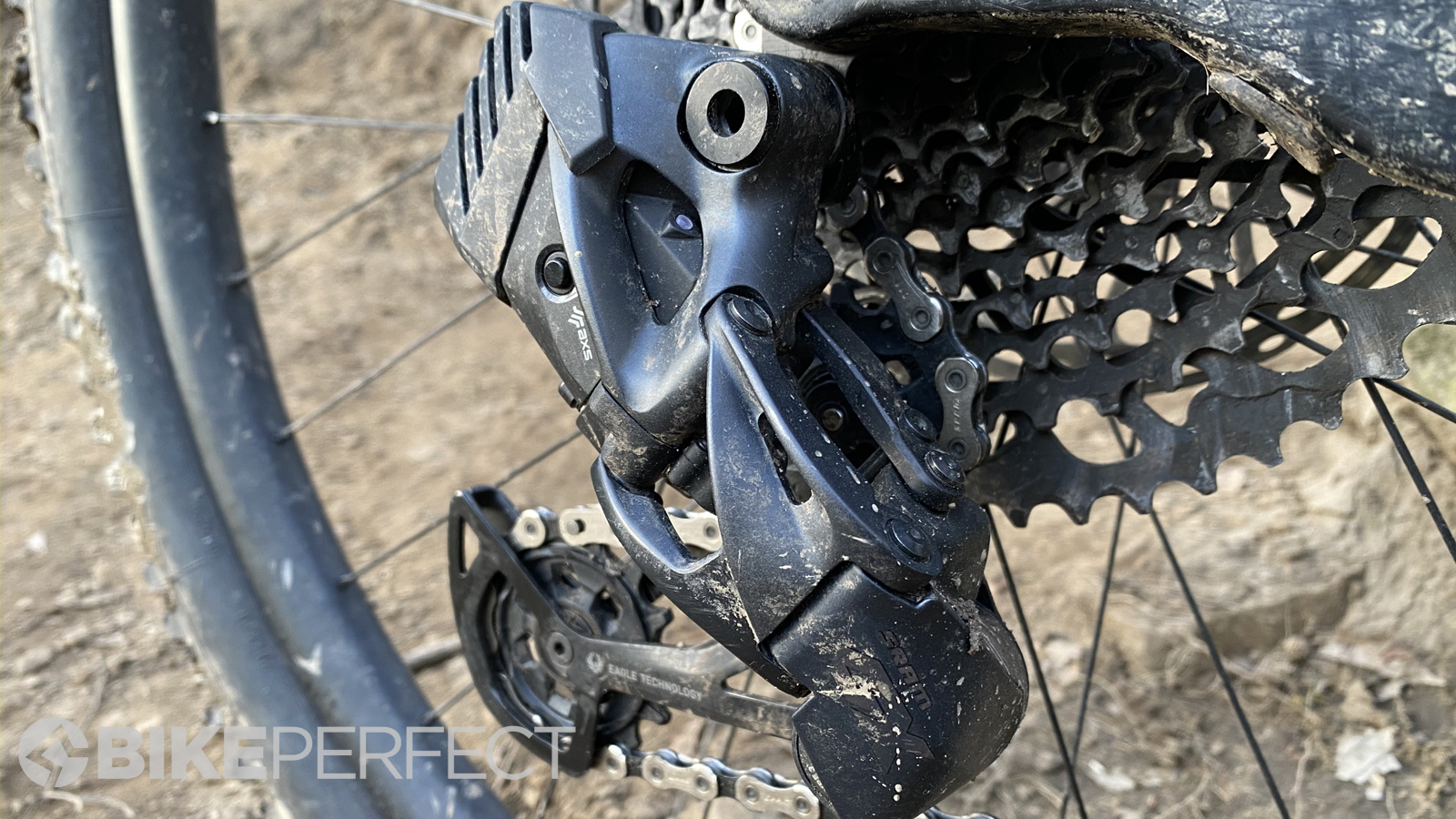
Cheap
There’s no escaping that this all comes at a cost though. Again you could argue that there are hopefully marketing gains from the ‘good guy’ approach and maybe there’s a cynical cost analysis that would back that up. There was even an urban myth that in the early days of SRAM Gripshift and plastic rear mechs that they worked out it was cheaper just to immediately send out a complete premium replacement than it was to even open the envelope and start assessing a warranty claim. When it comes to the people I know personally who are doing it though, they’re not seeing dollars, they’re definitely doing it because it’s the right thing to do.But whether it’s looking for an old part, splitting profits, replacing frames, doing an eco audit, changing packaging, buying spades or sending bikes to Africa, that’s time and cash that could be used to boost margins or lower the end cost to the consumer.
Using different materials, more exacting quality control, manufacturing innovations, R&D investment to back up a better warranty or reduce environmental impact all comes at a cost too. So remember that next time you’re comparing a Trek/Specialized with RockShox on to a supermarket bike, or wondering why a Santa Cruz costs that much compared to a Canyon.
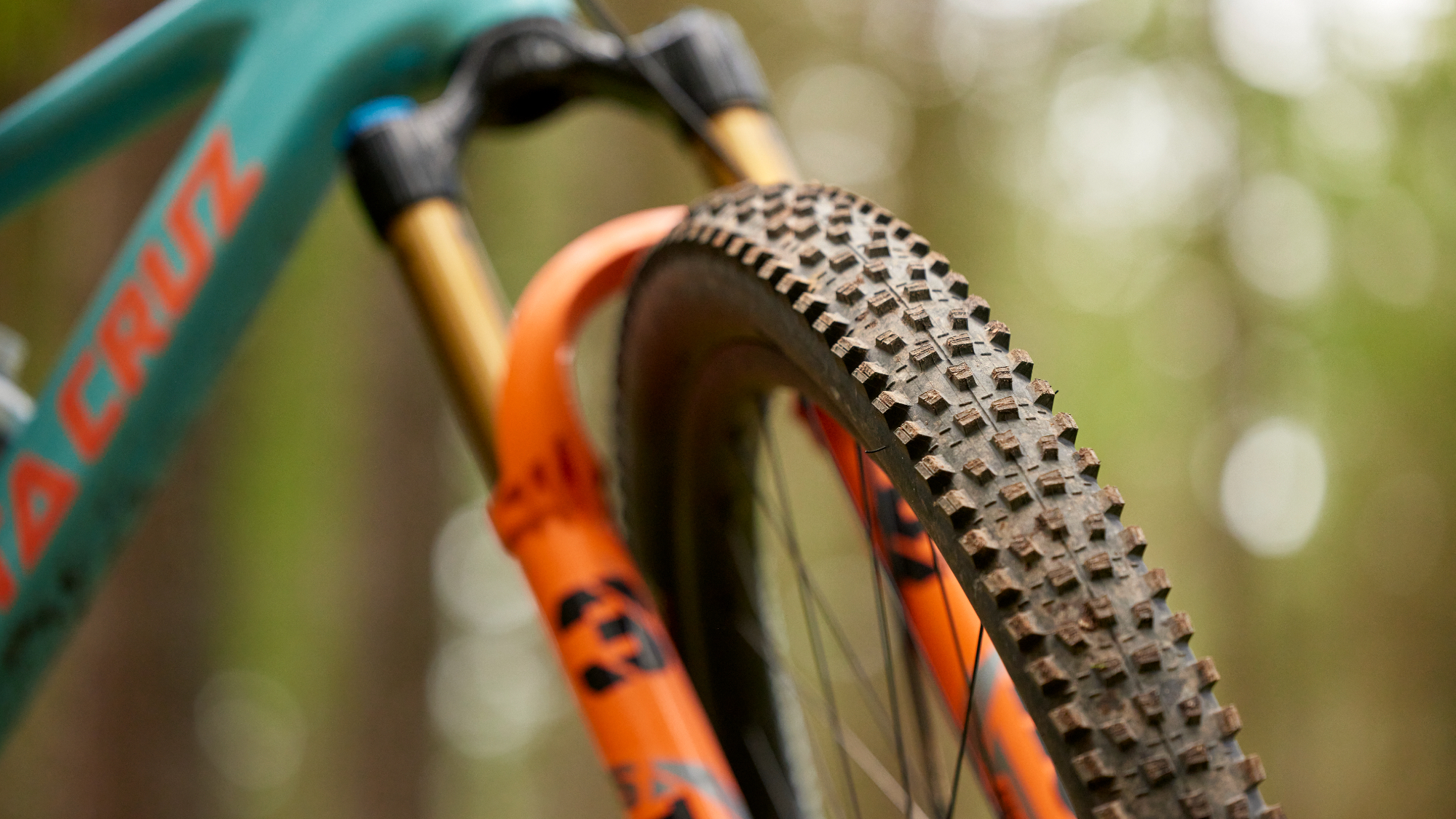
Light
The other cost you can expect to pay for tougher, more durable and practical bikes is in terms of weight. If you’re offering a lifetime warranty on frames, rims, handlebars etc then it makes sense to add a bit more crash resilience. Because at the end of the day, bikes not breaking in the first place is best for everyone. Focus have recently upped their maximum rider limit from the industry standard 120kg to 150kg which is great in terms of inclusivity. The extra metal and carbon needed to back that up is going to be noticeable if you’re a 60kg waif who has never even pinch flatted a 2.1in tyre.
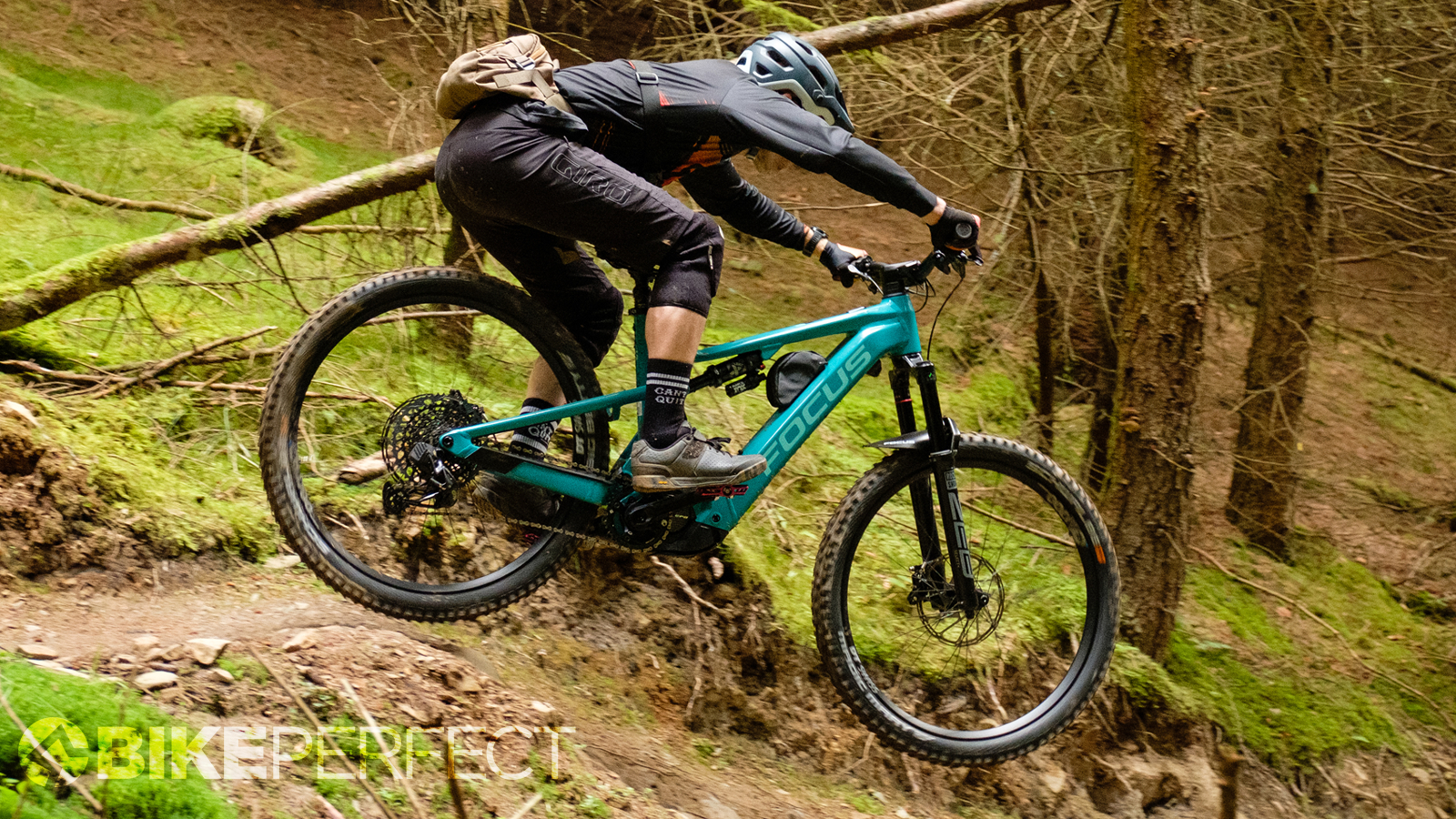
Pick one
And while Keith said you could pick two from his light, strong, cheap priorities I can’t guarantee that the same option exists with pretty, practical, cheap, light. I mean there are some examples where affordable cost and great customer service and/or practical/durable design combine. You can get light bikes with a no rider weight limit lifetime warranty too. But for the most part it’s time to accept that you can’t have everything you want when it comes to choosing a bike or bits for it. That also means we need to have a good think about where our priorities lie, so what are yours?

Guy Kesteven has been working on Bike Perfect since its launch in 2019. He started writing and testing for bike mags in 1996. Since then he’s written several million words about several thousand test bikes and a ridiculous amount of riding gear. He’s also penned a handful of bike-related books and he reviews MTBs over on YouTube.
Current rides: Cervelo ZFS-5, Specialized Chisel, custom Nicolai enduro tandem, Landescape/Swallow custom gravel tandem
Height: 180cm
Weight: 69kg
